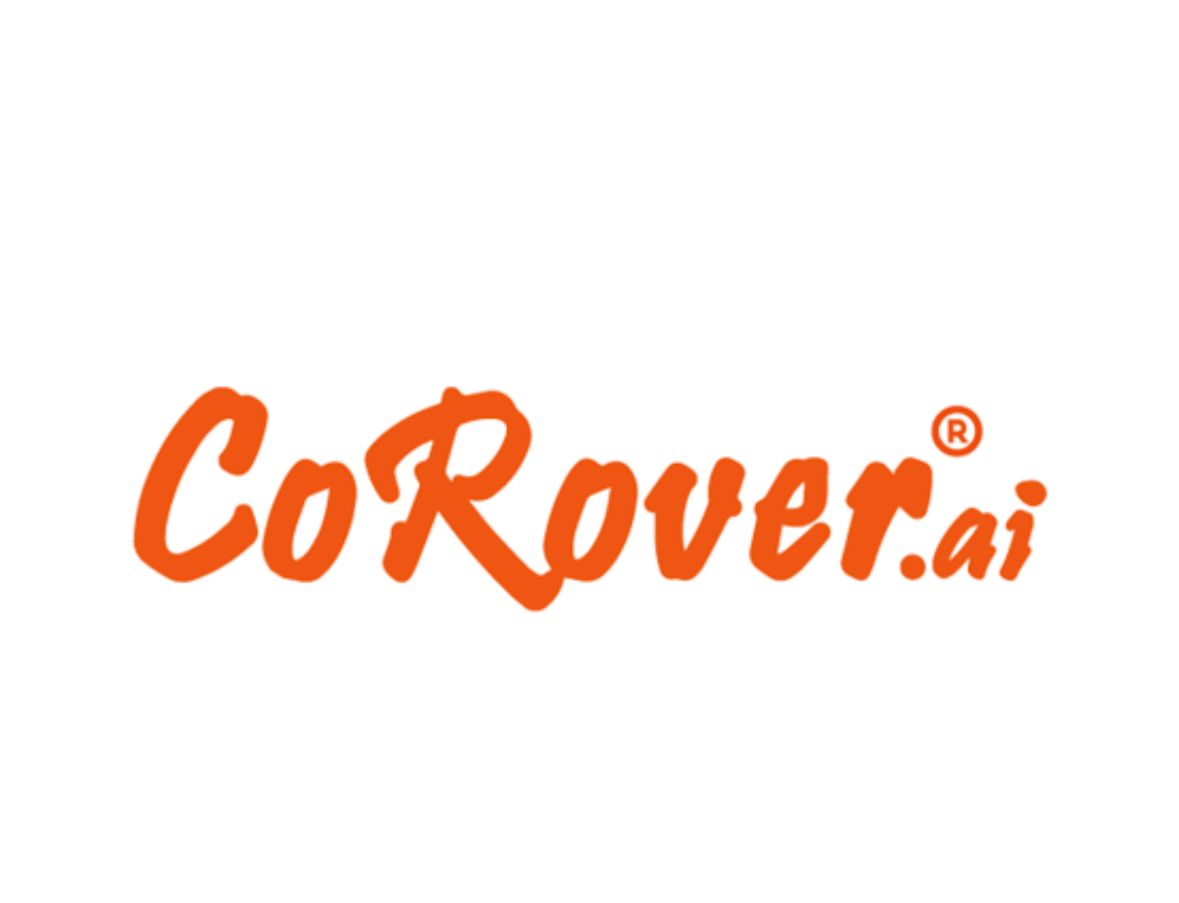
The Rise of Micro-influencers: Jones Mathew
Authored by Dr. Jones Mathew, Professor; Program Director – PGPM; Chairperson – Research, Rankings and Accreditation, Great Lakes Institute of Management (Gurgaon)
According to a recent Group M INCA India Influencer Market Report, the influencer market in India is growing at a stunning CAGR of 25%. By 2025, it is expected to reach a handsome Rs 2500 crore revenue size. It appears that influencers are here to stay. This is validated by almost 75% of CMOs in India, emphasizing that influencer marketing is something that they cannot do without, and 63% of CMOs are already working with 50 or more influencers simultaneously.
Influencers come in many sizes and have no one-size-fits-all brand. As more efficient targeting becomes the need of the hour, finding the right size/type of influencer for a given brand is significant.
The influencer spectrum ranges from Mega to Nano. Mega Influencers have mega audiences and charge mega prices. Christiano Ronaldo (CR7), at USD 2.3 billion per post, is at the top of the Mega Influencer pyramid. A CR7 post offers a brand the maximum reach possible on the planet. A Macro influencer can usually boast a followership anywhere between 100,000 to 1 million. Macro Influencers usually become such because of their online activity, unlike mega influencers who gain fame in sports, fashion, food, travel, technology, or entertainment. But big is not always better. Enter the Micro-influencers and Nano-influencers. Micro-influencers are internet sensations with a followership between 10,000 and 1,00,000, and Nano-influencers have between 1,000 and 10,000 followers. As can be imagined, many brands would like to opt for quality over quantity. Quantity creates awareness and excitement; quality translates into engagement and conversions.
One of the parameters brands need to use to choose micro-influencers is the product/brand lifecycle stage they are in. For example, a new product launch requires creating awareness; a more mature brand offering a launch/re-launch/re-positioned product needs to meet the objective of brand reinforcement and establish itself as a better option than competitors. The choice of an appropriate micro-influencer also depends on budgetary constraints. A micro-influencer charges lower than a macro or mega-influencer due to a lower follower count. From a marketing point of view, this smaller count could be more useful in line with the “less is more” principle as the quality of followership is richer with a higher probability of engagement and conversion as micro-influencers have a more targeted and intimate follower base.
Additionally, the overlap between influencer specialization and product brand image could spell the difference between success and failure (e.g., A Konkani food restaurant would best align with a Konkani cuisine/culture micro-influencer). Therefore, choosing a micro-influencer must be done wisely.
As explained above, it is easy to appreciate why micro-influencers can be extremely useful for marketers of all sizes and shapes. However, some dos and don’ts must be adhered to for better outcomes. First, start with a well-defined objective for hiring a specific micro-influencer. These objectives could be raising awareness, generating new sales, increasing brand mentions, etc. As the marketing objectives of the brand change over time, the micro-influencer will have to change the content accordingly. Secondly, matching the brand with the right influencer is critical. Source credibility is essential. The search includes hunting on social media platforms using relevant keywords and looking for accounts that match the keywords; searching through your own brand’s follower list – maybe there is already an influencer linked to you waiting to be tapped, or hiring a dedicated influencer matching or marketing agency – after all professional help can cut the error rate even if it is expensive. Finally, do not forget to provide essential tips and ideas to your chosen micro-influencer for content creation to be placed on the three most crucial micro-influencer platforms – TikTok, YouTube, and Instagram.
Compared to macro- and mega-influencers, micro-influencers have a deeper understanding of their followers’ demographics and motivators. These micro-influencers also help brands connect at the local and regional levels. While macro- and mega-influencers have tremendous reach, micro-influencers boast high engagement strength. This strength of engagement comes from followers who consider micro-influencers as their equals, peers, and even friends and, hence, far more accessible to relate with. Usually, micro-influencers have gained expertise in a particular specialized area.
Micro-influencer marketing is highly recommended for smaller brands and those trying to break into newer segments, categories, or verticals. Another way to use micro-influencers is to engage them as an additional layer of influence below mega-influencer engagement. One recent instance of this strategy was when PepsiCo launched Lay’s Wafer Style – their thinnest wafer so far– by onboarding Alia Bhatt as the mega influencer and then supplementing it with 3,000 micro-influencers at the ground level.
Micro-influencer marketing strategy can use multiple micro-influencers of varying ages and genres to engage with segments that could have been missed using only macro- or mega-influencers.
From a micro-influencer perspective, they eagerly seek to expand and grow their base. Hence, they continuously seek collaborations and work very diligently with the brands they associate with to develop healthy long-term relations. These factors eventually create a strong relationship between the brand and the micro-influencer.
Combining with well-selected micro-influencers can help brands connect with micro-segments to create deep and active engagement with target audiences. Large or small, B2C or B2B, brands today need to work in a well-planned manner with influencers in general and micro-influencers, in particular, to create the proper connection with their target audiences in these hyper-competitive times.




Leave a Reply